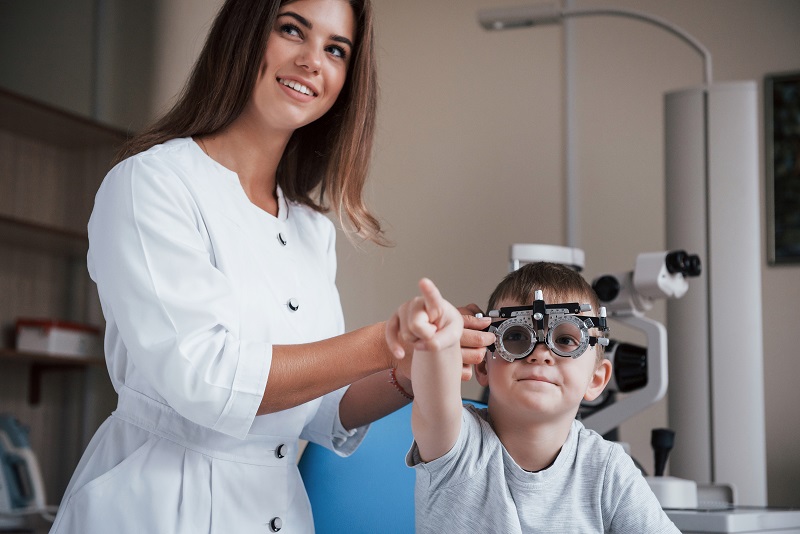Who Is A Behavioural Optometrist And How He Can Help You?
Many people don’t know much about behavioral optometrists and how are they any different from a regular optometrist. But knowing the difference will help you give proper eye care to your children when it comes to eye problems. This branch of eye care is very different from standard eye care practices. Instead of treating the eyes as a biological organ, a behavioral optometrist tries to treat or at the very least consider the entire person. This includes trying to decipher how a person takes in information through their eyes and how that person organizes or uses these visual clues supplied by the eyes.
A Different Approach To Optometry
 |
| Behavioural Optometrist |
When it comes to this branch of optometry, they have a different approach to curing a person’s visual impairments. While a regular optometrist will check their patient for myopia or astigmatism or any other eye disease, a behavioural optometrist will approach the problem in a slightly different manner. He or she will treat these physical conditions of the eye but at the same time, the doctor will also go beyond these impairments. This branch of optometry tries to examine how the person is using the information that they receive through their eyes and during their everyday lives. This will include how that person uses their focus and eye movement for visual perception. It also involves checking how the patients use their eye coordination and eye movement.
A New Philosophy In Medical Science And Optometry Especially For Children
The majority of people who seek the help of a behavioral optometrist are parents who want to get their children treated. This philosophy is an emerging trend and is relatively new in optometry. According to this science, the child is able to see the board and the books clearly but is having a problem interpreting these visual cues and thus he is unable to read the letters and words. This is where a good behavioural optometrist comes in and helps the child in overcoming learning disabilities. The behavioral optometrist will help the child learn skills efficiently so that they are no more dependent on others. This philosophy implements not only correct lenses and spectacles but also takes help from visual therapy to help the child understand the different visual cues that is presented.
Things that are part of behavioral optometry and are different from standard optometry practices:
 |
| Behavioural Optometrist |
- The vision assessment tests are used to measure the patient’s focus and coronation. The tests can determine if you have the proper eye coordination to help you when you are reading a book or using a computer.
- Tests that will help the optometrist measure your distance focus. For instance, if your vision gets blurry when looking up from a computer screen whether you suffer from blurred distance vision because of prolonged computer or mobile usage.
- Behavioral optometry will also track your eye movement to check for reading efficiency.
- It also involves the assessment and treatment of a child’s visual perception. This will help determine the child’s processing abilities. Using these tests the doctor can determine if the child is able to process the visual cues as fast and as accurately for someone of their age.
- This branch of optometry also involves using vision therapy along with spectacles to help patients overcome conditions like lazy eye or turned eye.
- There are also visual tests to determine visual issues associated with Parkinson’s disease.
This is especially true for children who are facing learning difficulties, a visit to the right behavioral optometrist can help them get the right eye tests and diagnose their learning difficulties.



